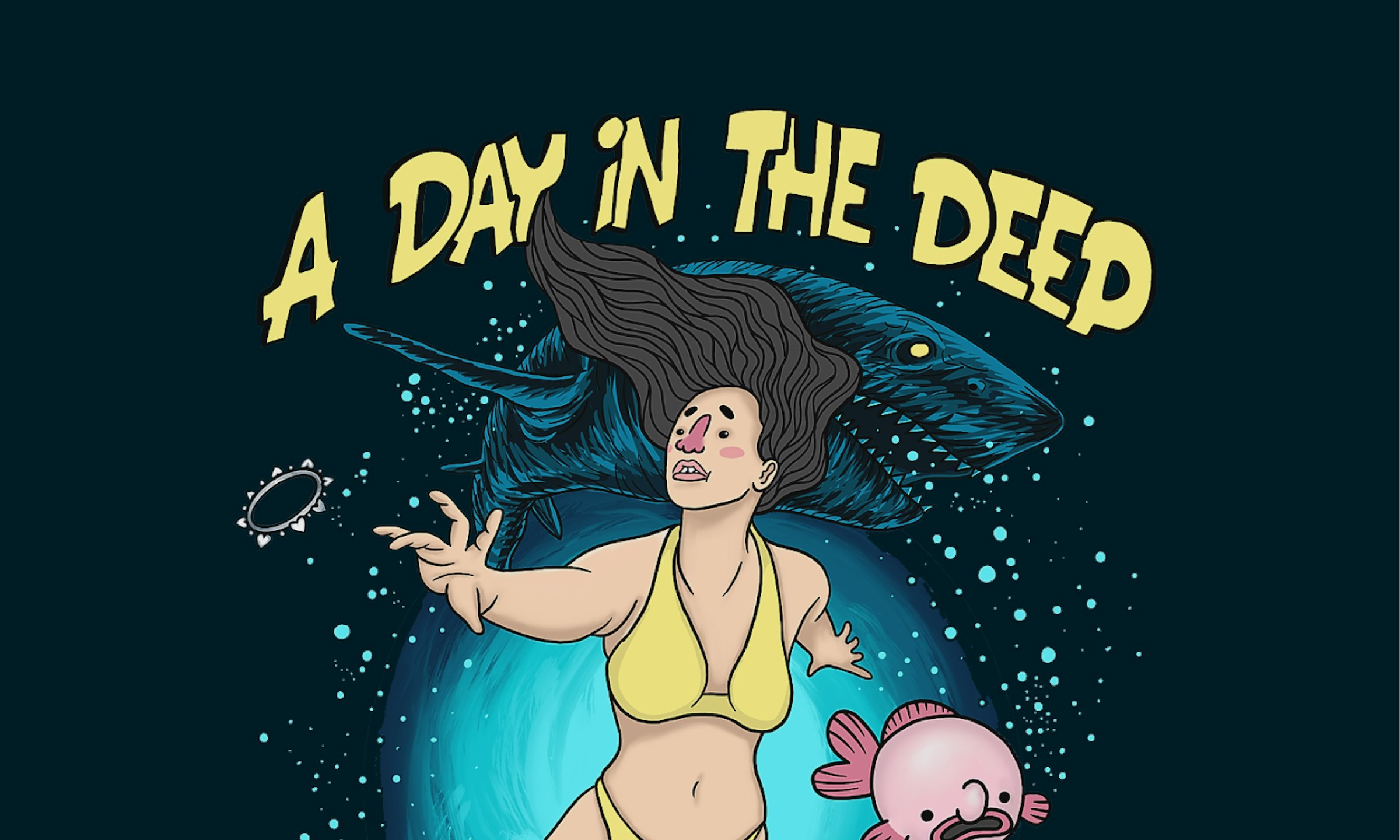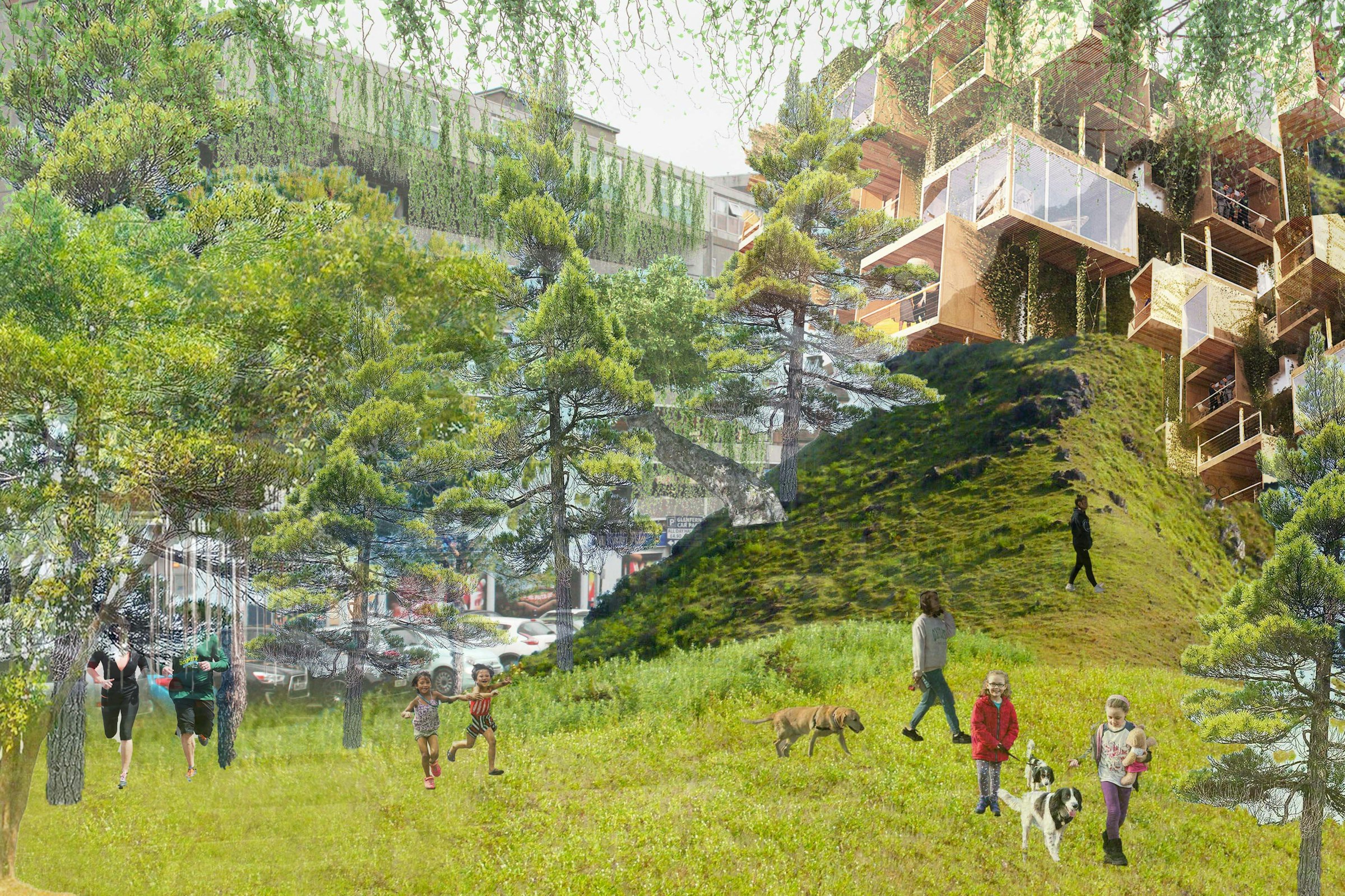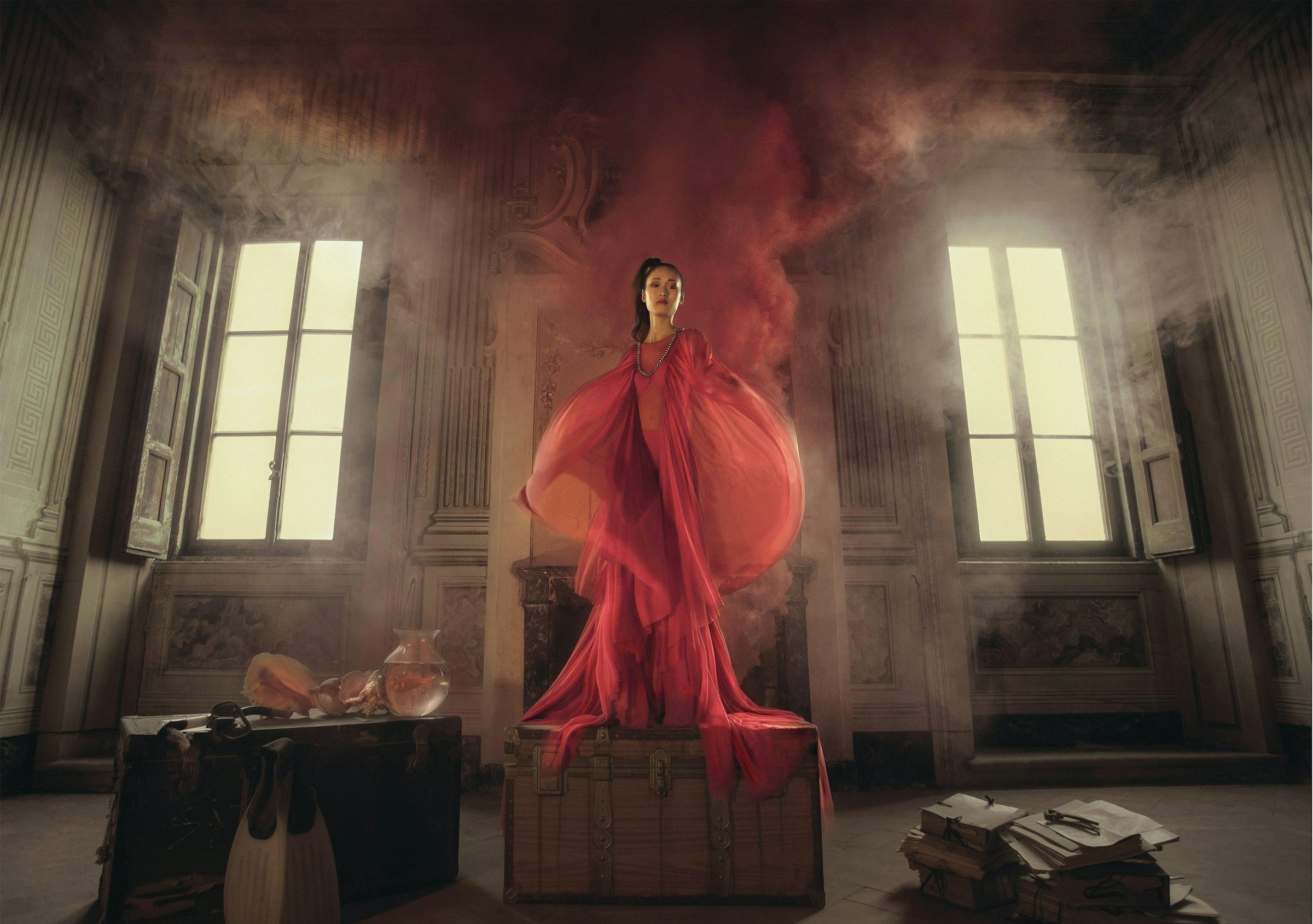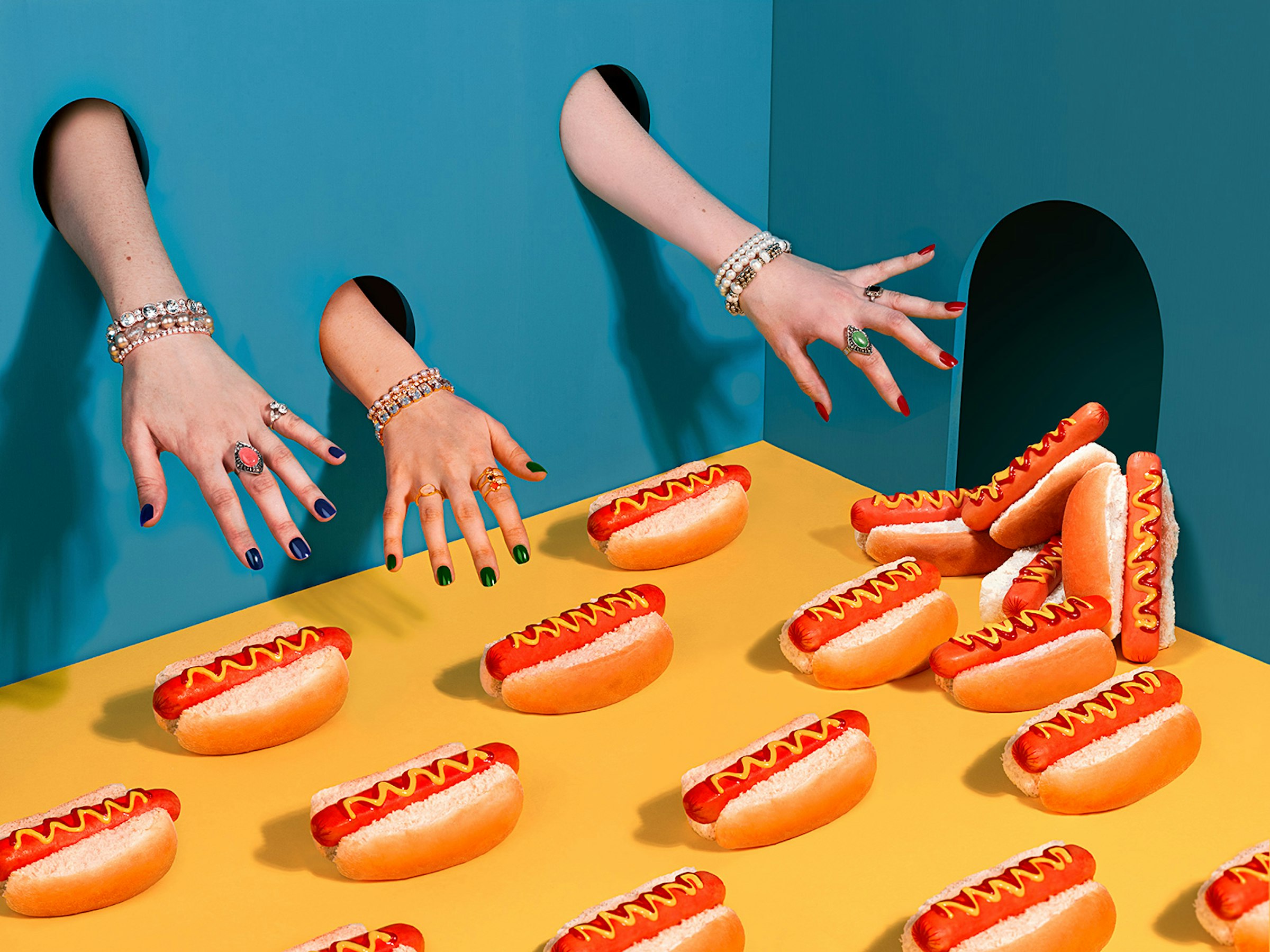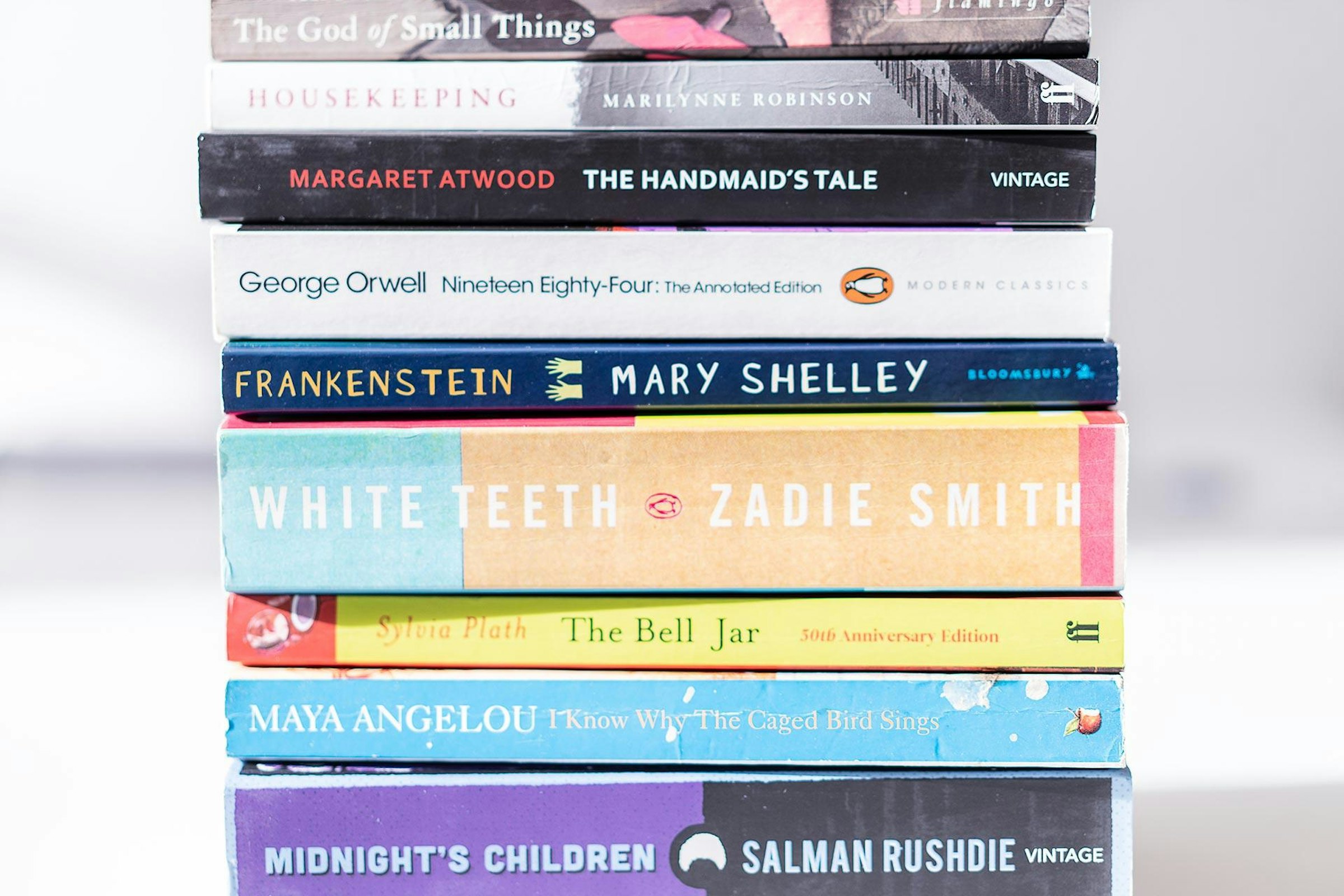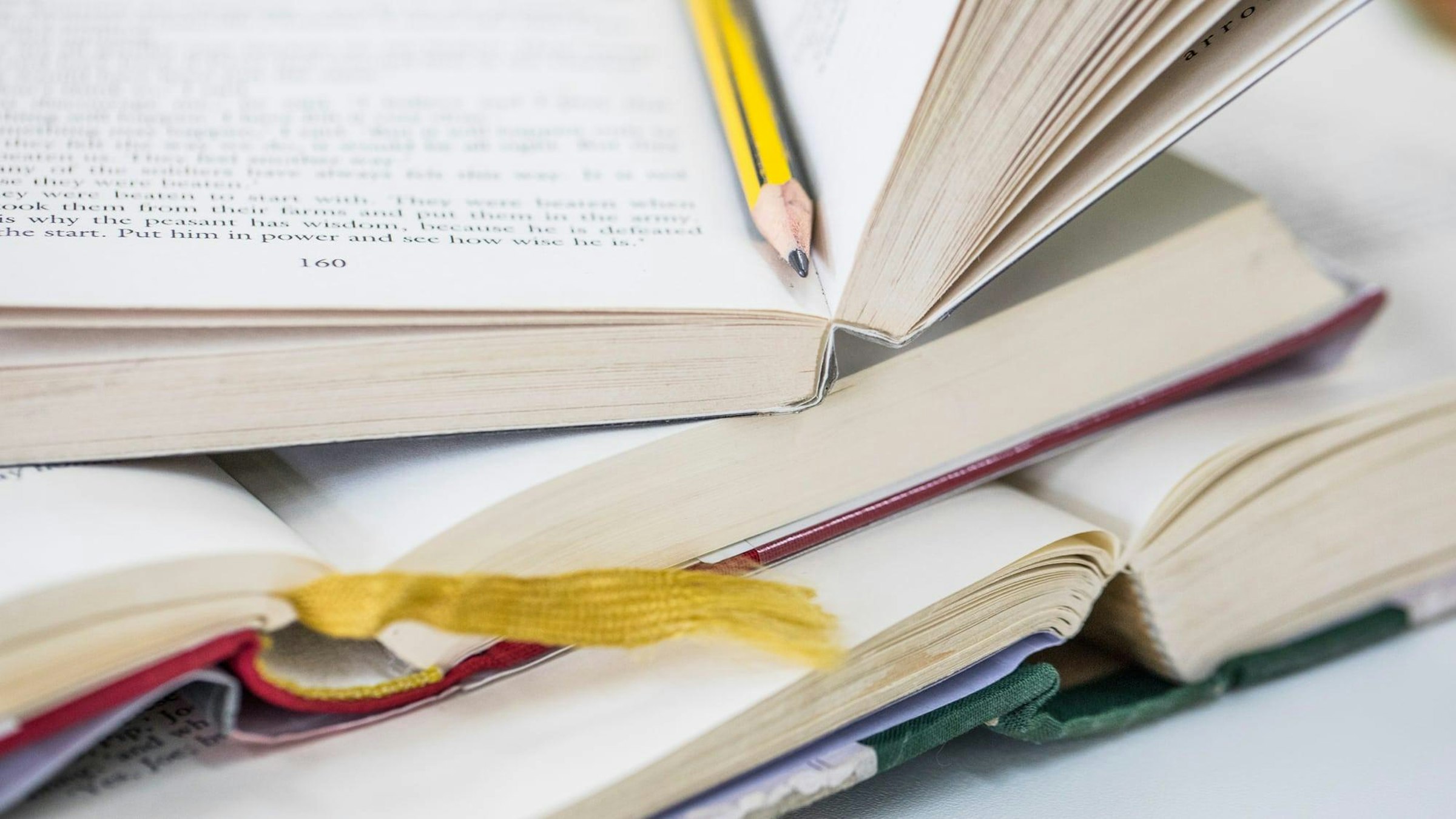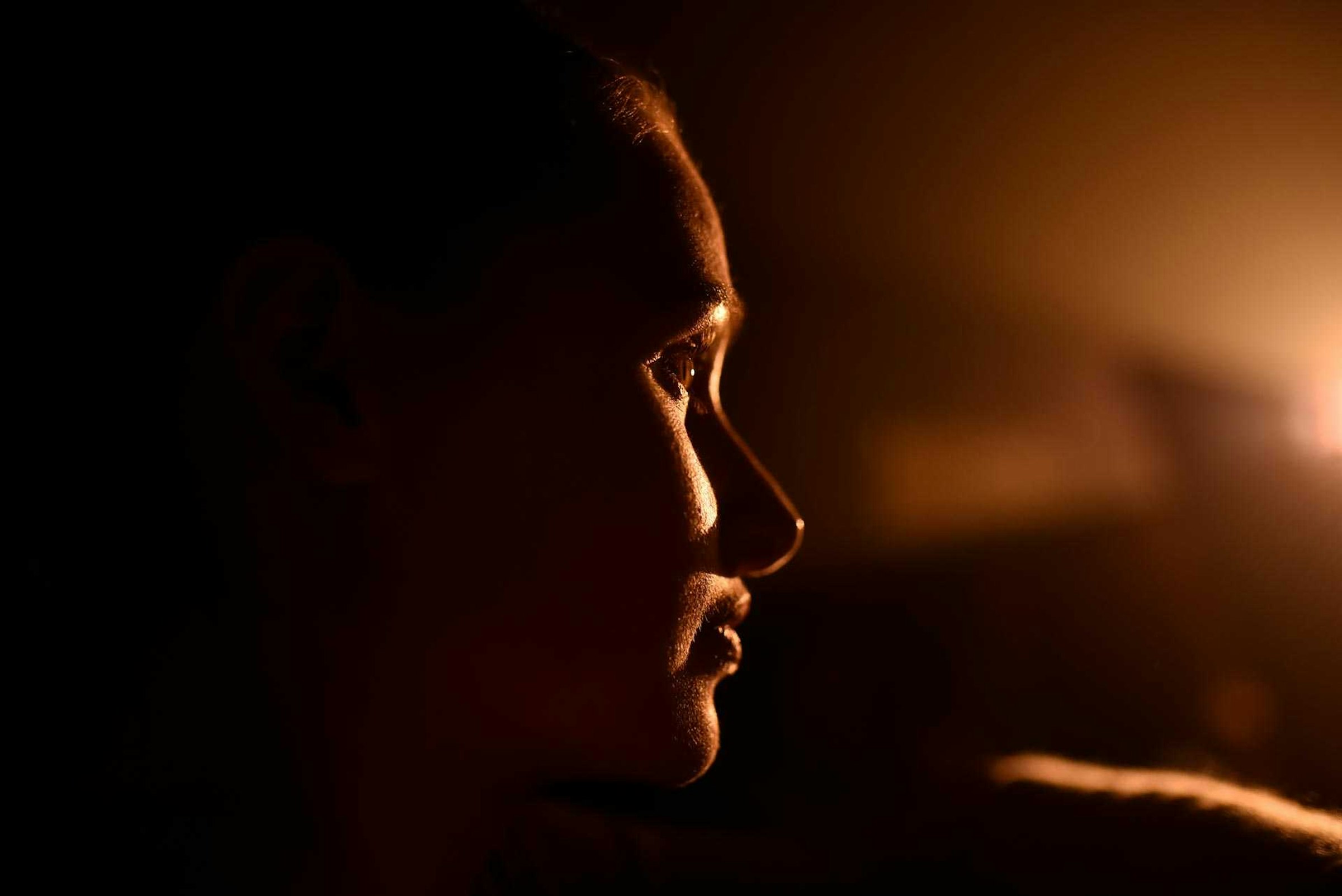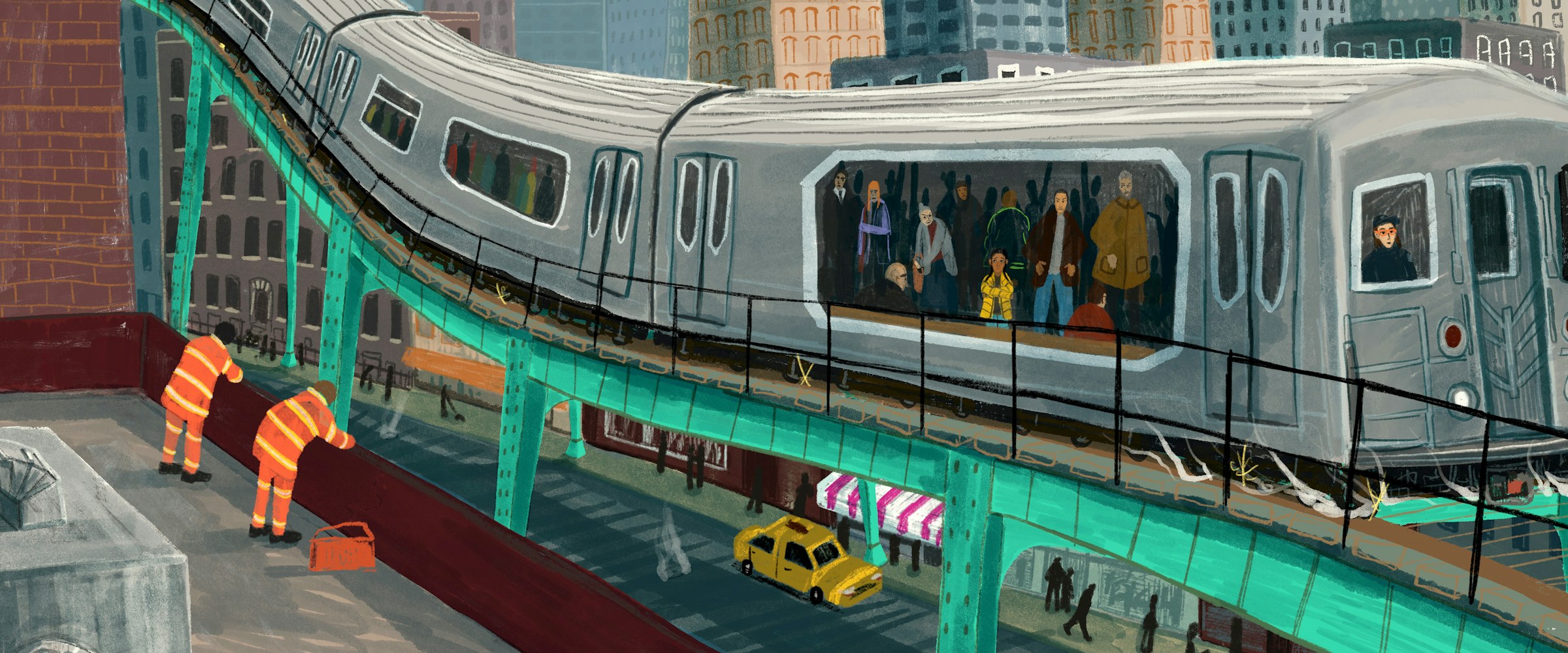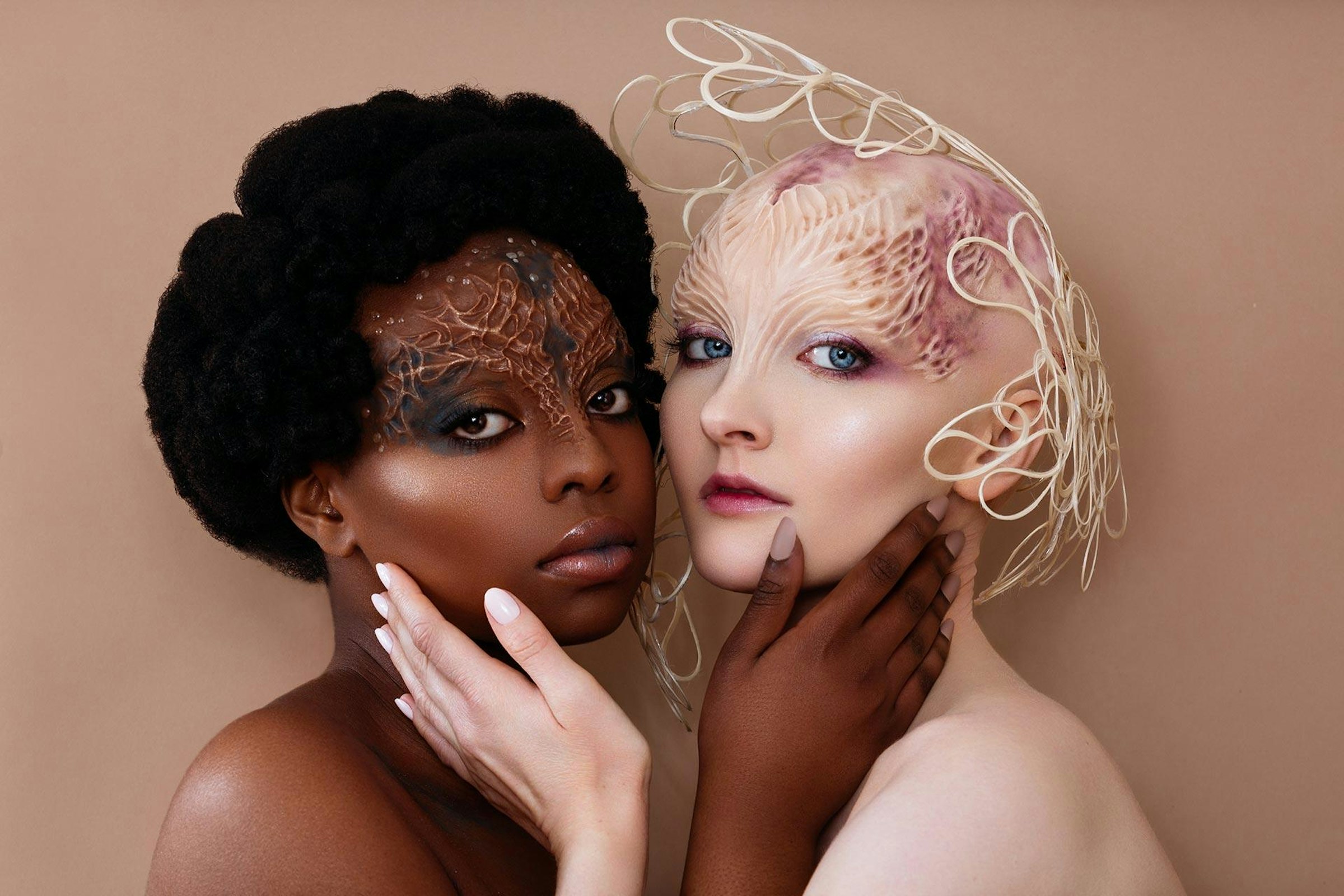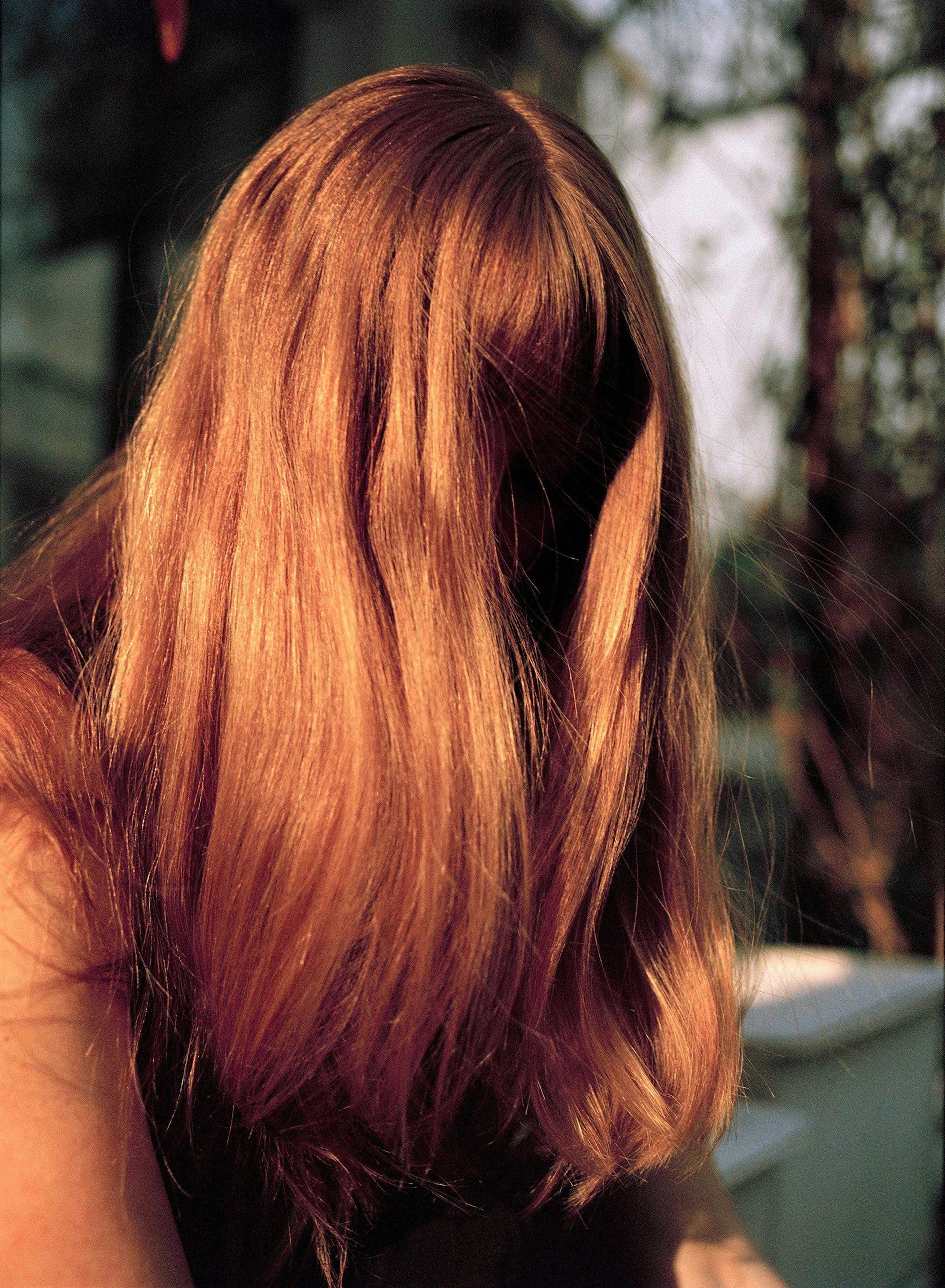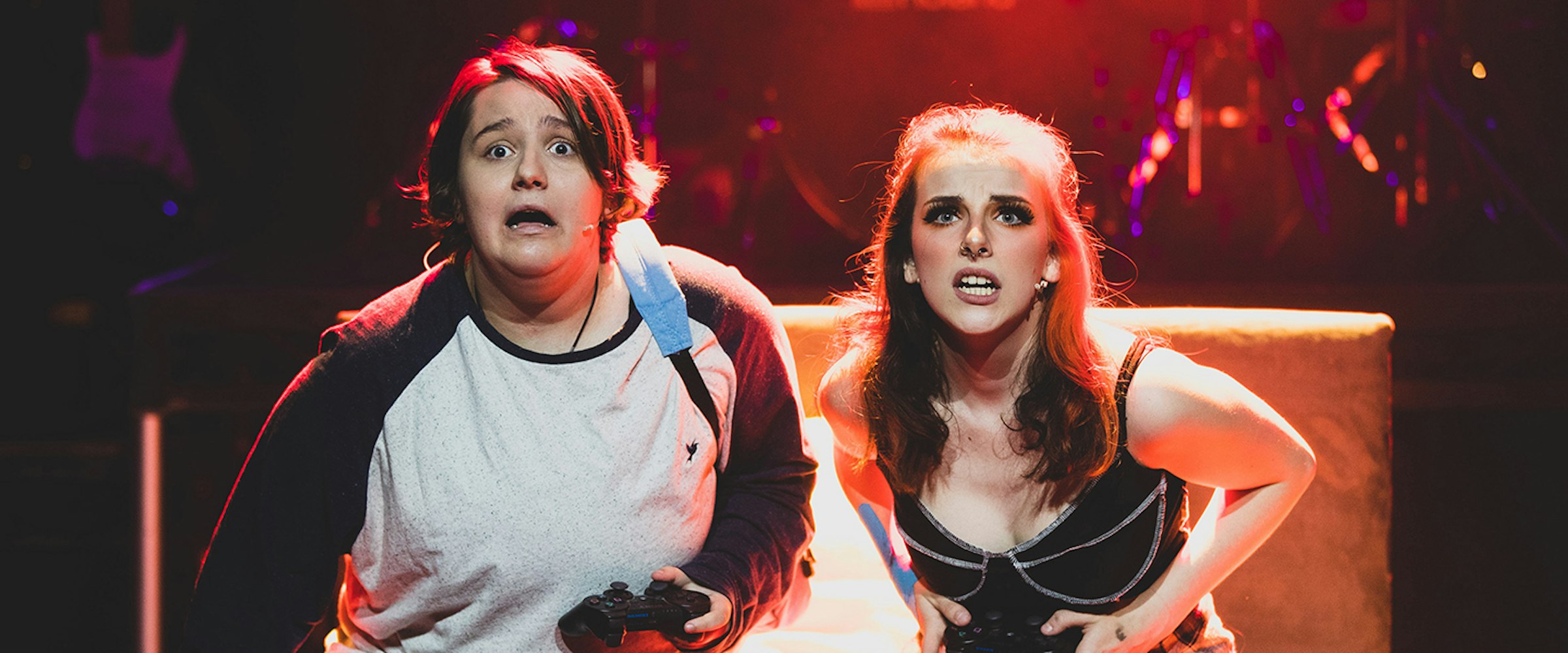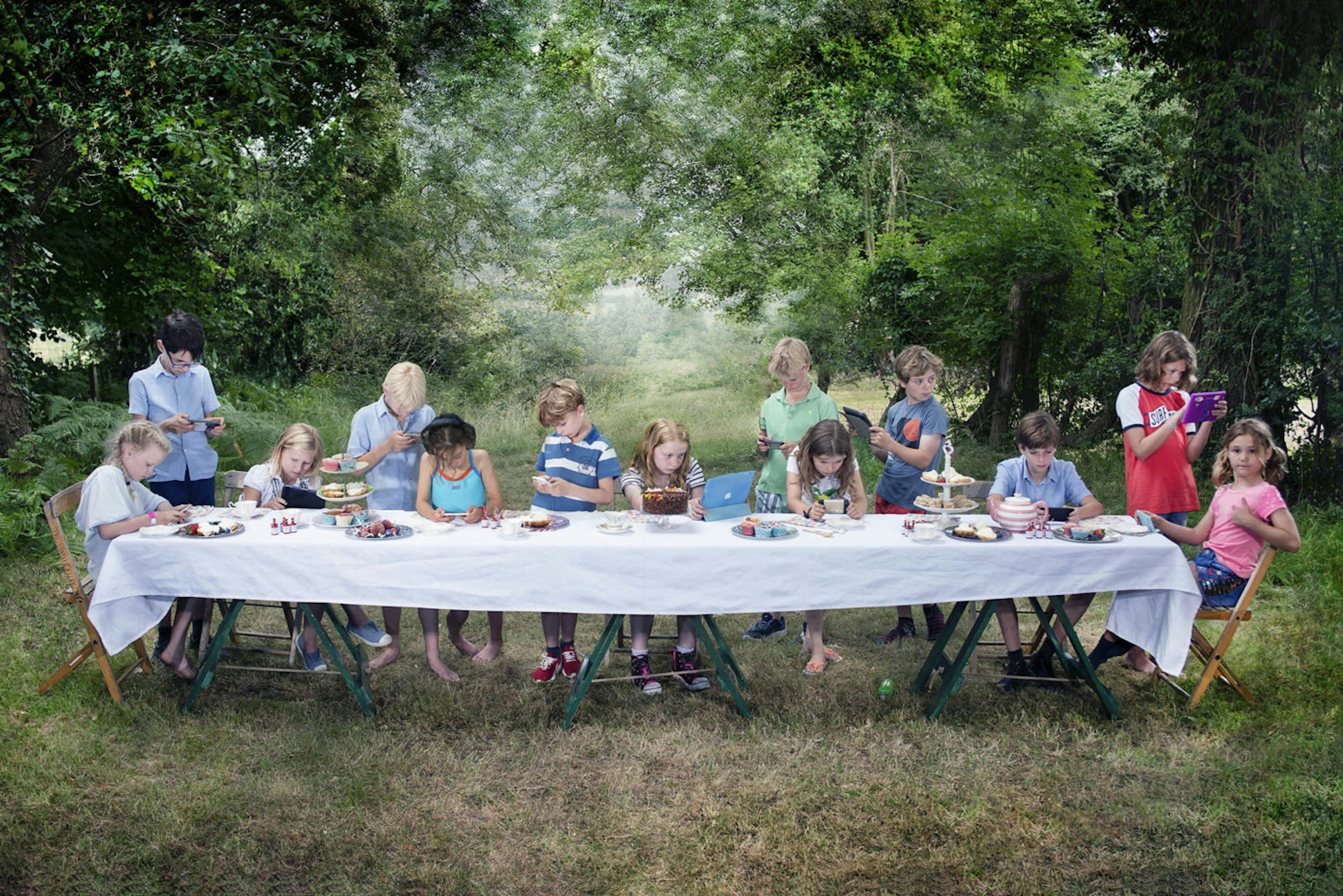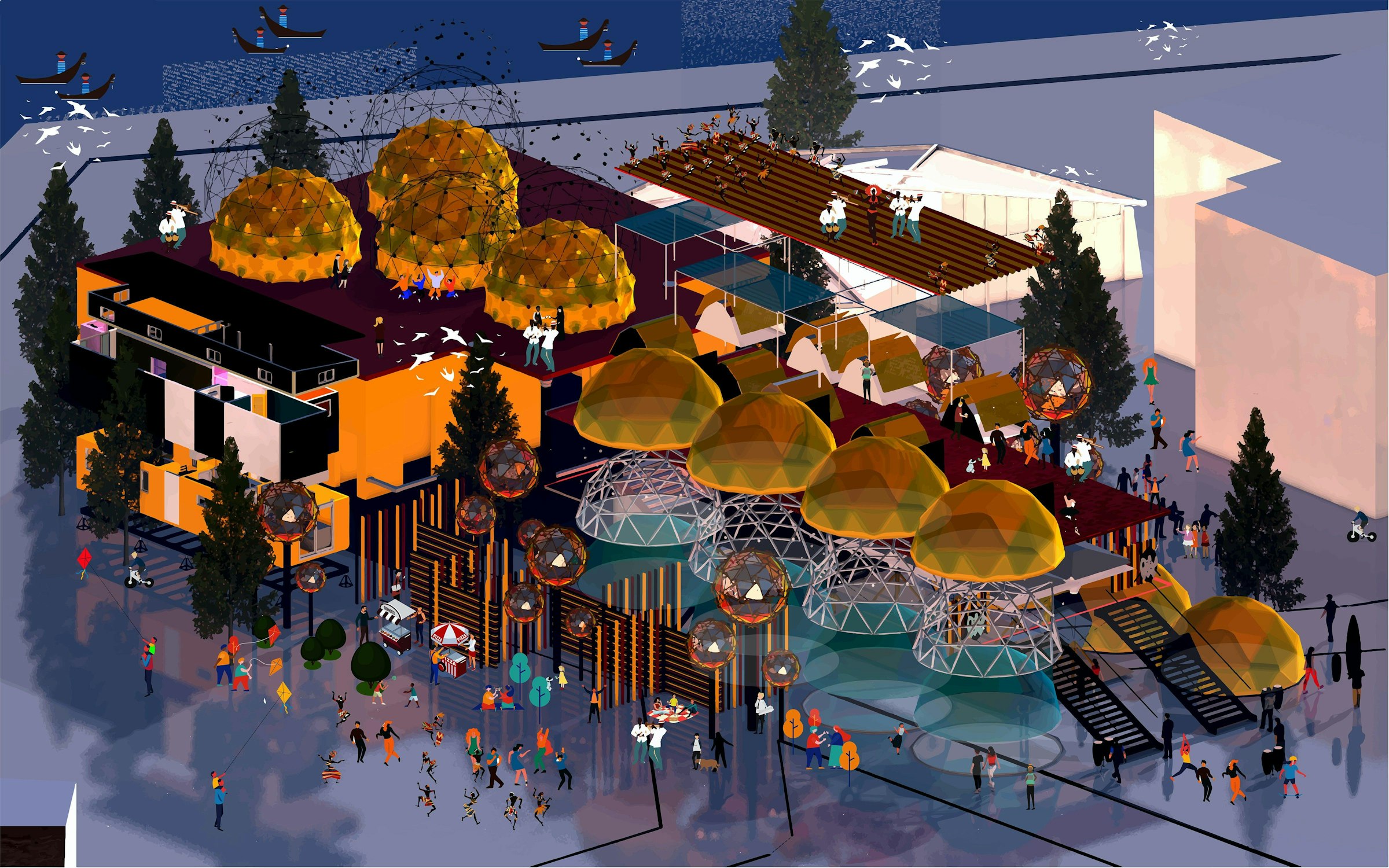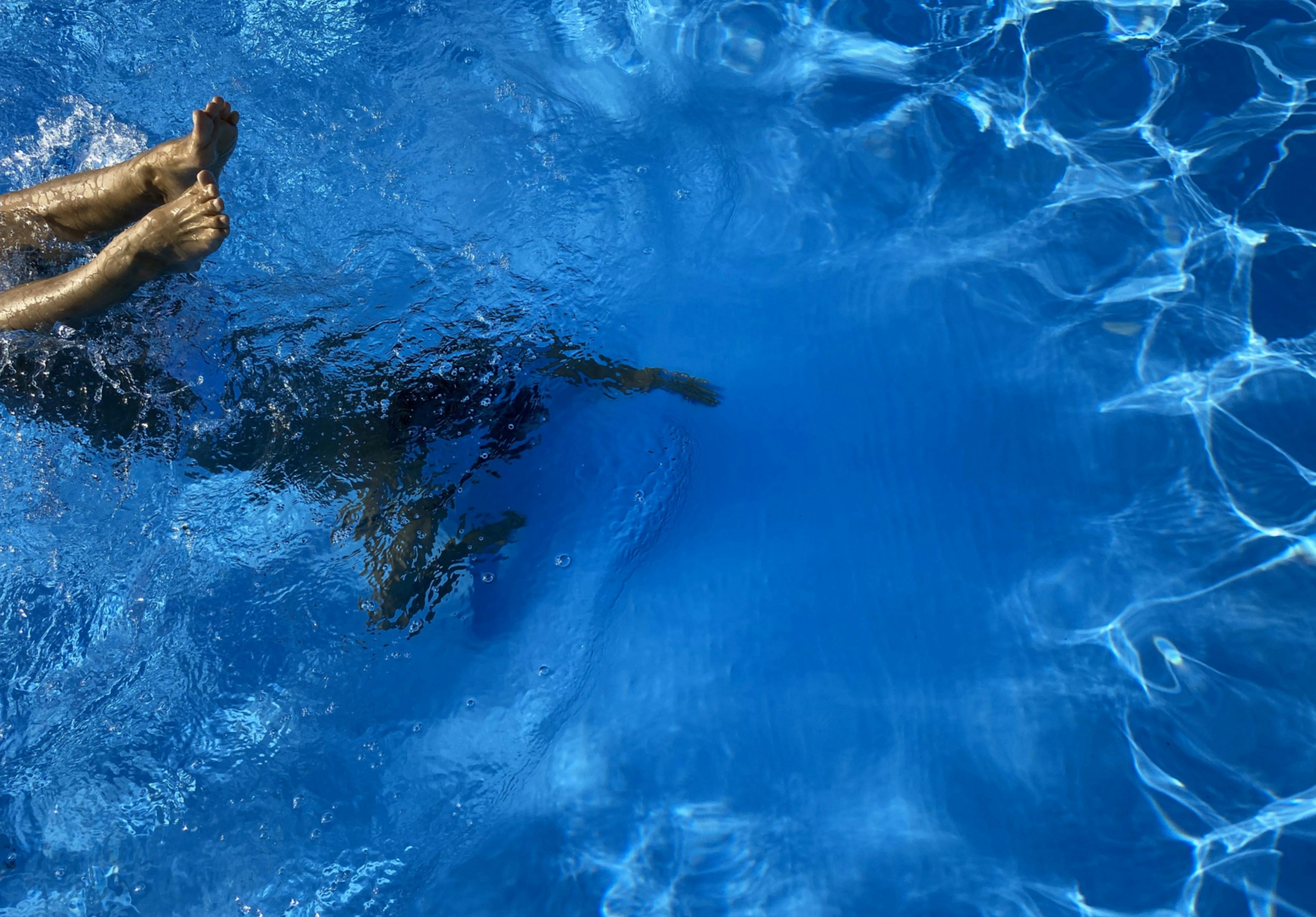- Home
- Latest
- Student Stories
- Studying 20th century tutus from a maker...

Studying 20th century tutus from a maker’s perspective
Imagining a tutu in front of me, I find my hands drawn toward touching it, wanting to listen to the stories hidden within. Touching the fabric, turning the tutu over to see its inner life, exploring its layers of construction and listening as it will start telling its story... – extract from The Reconstructed Tutu
Costumes for ballet require a unique level of cutting and making skills. In my job as a cutter for the Royal Ballet, we constantly work towards giving the dancer maximum movement and comfort while ensuring the costume can withstand the impact of life on stage.
Nothing embodies these contrasts better than the most iconic of all ballet costumes itself – the tutu. Light and ethereal in appearance and yet strong in its architecture. Metres and metres of net get crafted into shape by skilled makers, following traditional methods that have been passed down through generations.
When I decided to do further studies, having already worked in costume for over 10 years, it was not primarily a career-based decision, but came out of curiosity and a desire to devote time to research these ever-intriguing objects.
My research focused on historical tutus and the questions of how the reconstruction of a historical artefact and the theory of ‘unmaking’ an object in your mind can be part of my research method; how the approach of a maker-researcher is different to any other; and what can be learned through the reconstruction and reanimation of the historical artefact. This process included archival research, the reconstruction process itself and a reanimation, where the reconstruction was filmed and photographed on a dancer’s body – something that would never have been possible with the original costume.
I was fortunate enough to collaborate with the Museum of London, which holds one of the oldest tutu artefacts in this country – a 1920s Pavlova Swan tutu. Examining this tutu in person has been the highlight of my research journey. The things I have learned through this encounter, but even more through my research and reconstruction, have been incredible. It feels as if I got a glance at a unique treasure, as well as encountering Anna Pavlova’s tutu maker Madame Manya, who in many ways is still present in the surviving artefact. One tutu maker researching another tutu maker’s work, almost 100 years later – what a breathtaking thought!
Doing this as part of the MRes Arts course might not seem like the most obvious choice when studying historical costume. However, it gave me a unique opportunity to look at my own practice from a different perspective and discover authors that I would not have picked up otherwise. Discussing my research with peers and tutors from different backgrounds was enriching and valuable and the experience challenged me to a completely different level, out of my comfort zone. The way I approach and think about my work will never be the same again.
